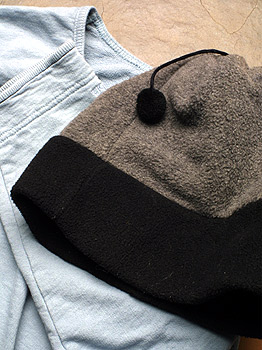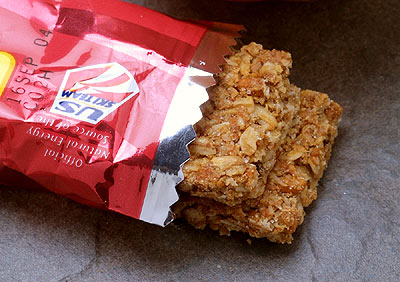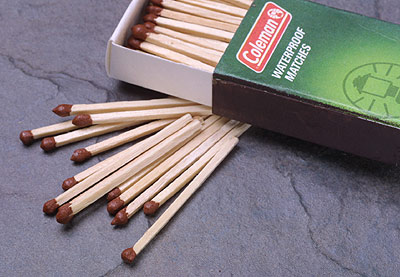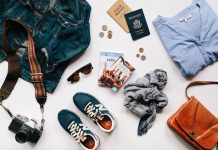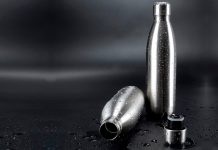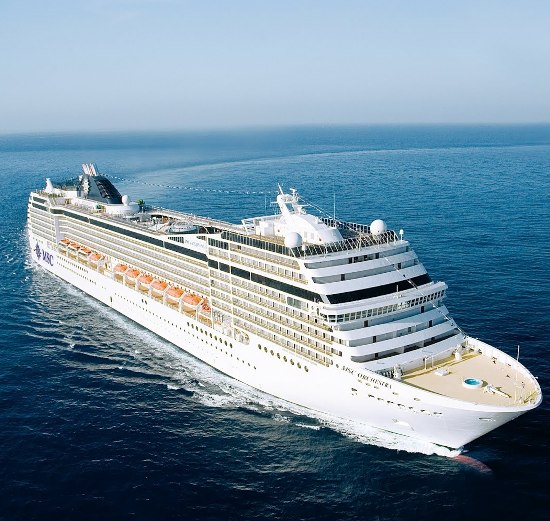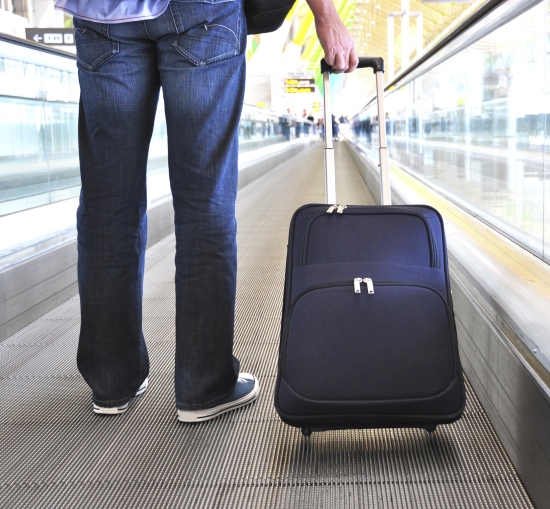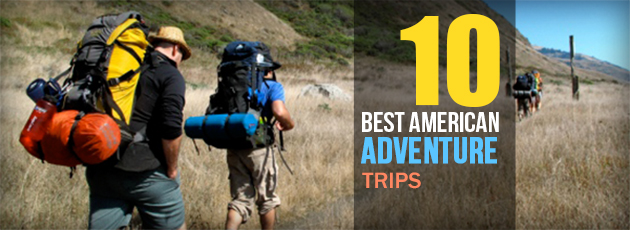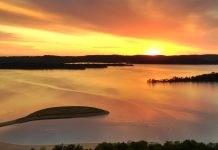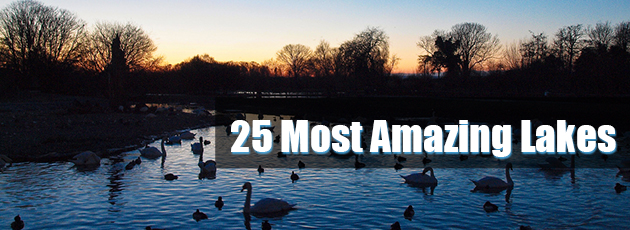Compass:
Do not assume you can find north on a cloudy day without instrumental assistance. Yes, moss does grow on the north side of a tree. But in the near-rain forests of the Cherokee, it also grows on the south side, and the east side, etc.
Look, you probably spent five or ten buck’s worth of gas getting to your hike. Don’t feel like you have to spend much more on a good compass. And invest ten minutes worth of your valuable time reading the material that came with it. It can be really amazing to learn how many people carry compasses and don’t know how to use them.
Maps:
Many areas are covered by guidebooks. At least carry one of those with you. Better yet, carry topographical maps. You say you don’t know how to read the maps? Learn. C’mon – it’s not that hard. Compare a topo map to a state highway map. It is really important that you have basic map reading skills.
First Aid Kit:
The casual hiker can purchase ready made kits, or you can fabricate your own. Keep it simple: A few band aids, some gauze and adhesive tape, an elastic bandage for twisted knees or ankles, some butterfly bandages for deep cuts, a few antihistamines for bee stings, and some pain killers are most of what is needed for day hiking [Tips for hiking].
For extended backpacking trips, you might want to add a few more things. Talk to your family doctor about which prescription medications you might want to have.
Extra Clothes, Including a Wool or PolarTek Hat:
You lose at least 35% of your total body heat through your head. That 35% can make a tremendous difference in cool weather. It may be the thing that keeps you alive through an unscheduled night out. But most of all, it keeps the brain warm, so that you can think your way out of any predicament in which you find yourself.
Flashlight:
This one seems to raise the most eyebrows among novice hikers. Sometimes it’s difficult to judge the amount of time that it will take to complete a hike or maybe you just want to watch the sunset from an overlook four miles up the trail.
There are many reasons why you might be out after dark. But walking in the dark on a trail, without a light, can be a terrifying experience, especially after the fourth fall. For most situations, a small light powered by a couple of AA alkaline cells will be fine. Just make sure that the batteries are reasonably fresh, or that you’re carrying spares. For extended trips, always carry a spare bulb or two.
Extra Food:
“Extra” implies that you have some food with you to begin with. Look, we know that no one is likely to starve to death, even if you go without food for a week or two. But that extra snack bar will give your body a little charge to help keep warm on a cold day, and may help you think straight. And relax. Don’t worry about nutrition. Anything that is high in carbohydrates will be fine.
Pocket Knife:
Always carry just a simple, one or two blades type pocket knife to cut fabric, shave kindling, cut some cord, etc.
Sunglasses:
Eyes are especially vulnerable to bright sunlight and damaging UV rays typical in the desert and mountains. These can help avoid eye damage.
Waterproof Matches or Fire Starter:
Fires can save your life in cold weather and can help someone find you in case of emergency. A fire starter, such as a candle, kindling or chemical accelerant, increases your odds of successfully getting a blaze going.
Source: http://www.twohikers.org




